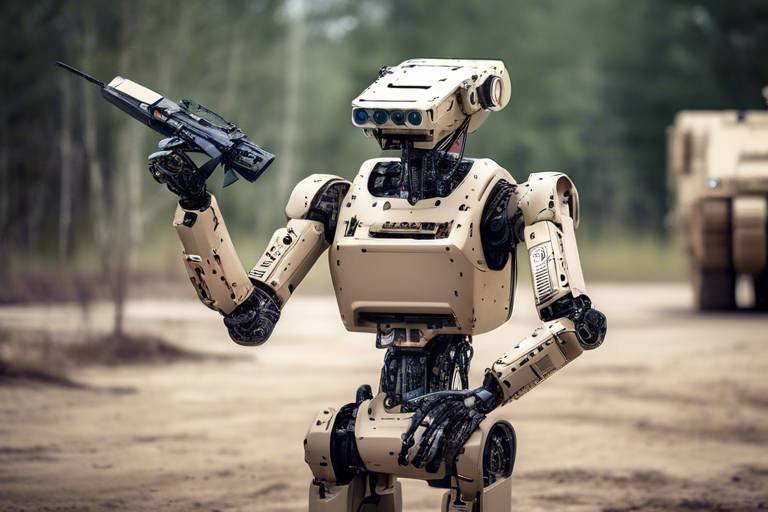The Impact of AI on Autonomous Drone Swarm Tactics
Artificial Intelligence (AI) is not just a buzzword; it's a game-changer in many industries, and one of the most fascinating areas it’s transforming is drone swarm tactics. Imagine a fleet of drones working together seamlessly, much like a school of fish or a flock of birds. This isn't just a fantasy anymore; it’s becoming a reality thanks to the rapid advancements in AI technology. As we dive into this topic, we’ll explore how AI is revolutionizing the efficiency, coordination, and operational capabilities of drone swarms across various applications, including military operations, agriculture, and disaster response.
Drone swarm technology has evolved significantly over the past decade. Initially, drones operated individually or in small groups, often requiring manual control. However, with the advent of sophisticated algorithms and machine learning, we now see the emergence of autonomous drone swarms capable of executing complex tasks without human intervention. This evolution is not just about having multiple drones in the sky; it’s about how they communicate, learn, and adapt to their environment in real-time. The integration of AI into these systems has been pivotal in enhancing their capabilities, making them more efficient and effective in carrying out their designated missions.
At the heart of this transformation lies the ability of AI to enhance coordination among drones in a swarm. Traditional methods of drone operation often faced challenges such as communication delays and decision-making bottlenecks. However, with AI-driven algorithms, drones can now share information and make real-time decisions collectively. This capability is crucial for tasks that require a high level of synchronization, such as search and rescue operations or agricultural monitoring. By leveraging AI, these drones can analyze their surroundings, predict potential obstacles, and adjust their flight paths accordingly, all while maintaining a cohesive formation.
- How do drone swarms communicate with each other?
Drone swarms utilize advanced communication protocols, often based on wireless networks, to share data in real-time. This allows them to coordinate their actions and make collective decisions. - What are the advantages of using AI in drone swarms?
AI enhances the efficiency, adaptability, and decision-making capabilities of drone swarms, allowing them to operate autonomously in complex environments. - Can drone swarms be used in emergency situations?
Absolutely! Drone swarms are increasingly being deployed in disaster response scenarios, where they can quickly assess damage, locate survivors, and deliver supplies.
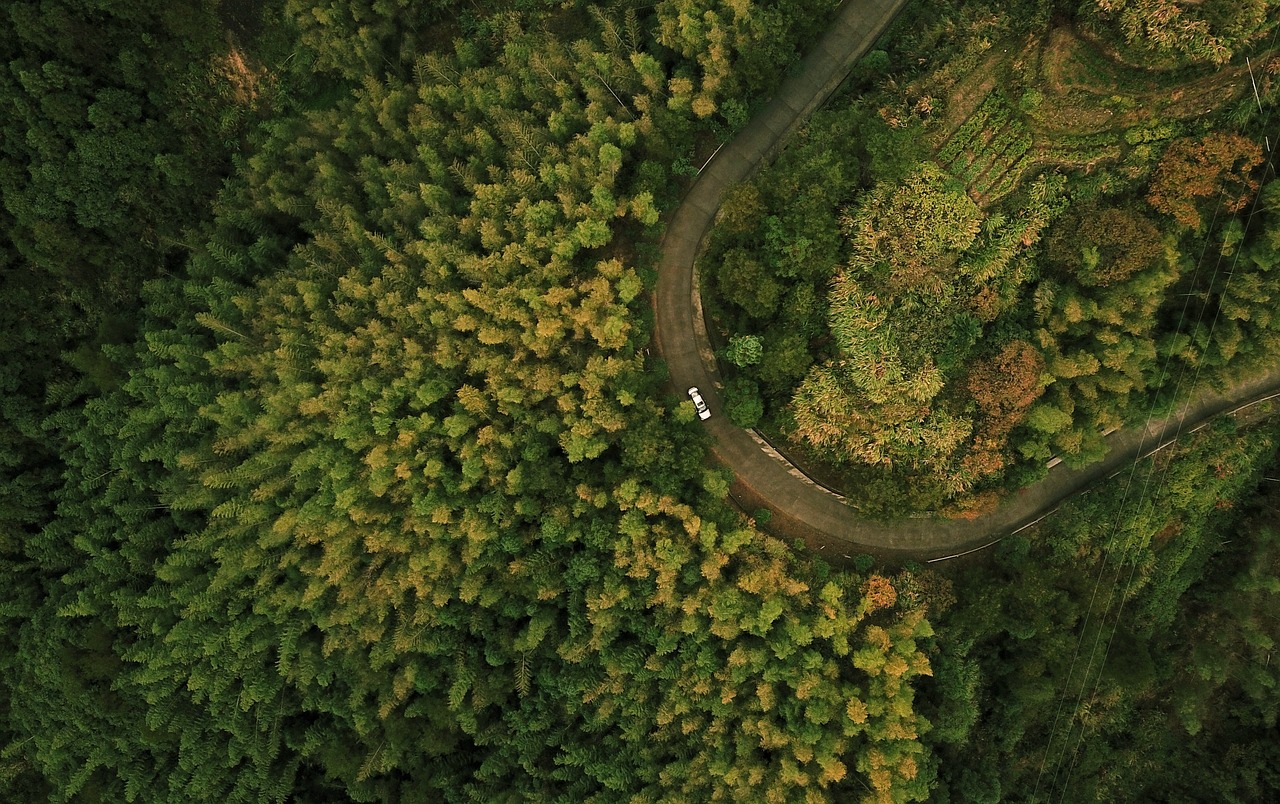
Introduction to Drone Swarm Technology
This article explores how artificial intelligence is revolutionizing drone swarm tactics, enhancing their efficiency, coordination, and operational capabilities in various applications such as military, agriculture, and disaster response.
Drone swarm technology is one of the most exciting advancements in the field of robotics and artificial intelligence. Imagine a flock of birds, moving in perfect harmony, each one aware of the others' positions and intentions. This is the essence of drone swarm technology, where multiple drones operate in a coordinated manner to achieve common goals. Over the years, this technology has evolved from simple remote-controlled units to sophisticated autonomous systems capable of executing complex tasks.
The journey of drone swarm technology began with the basic idea of using multiple drones to cover larger areas more efficiently. Early models relied heavily on human operators, but as technology progressed, the integration of artificial intelligence became a game changer. With AI, drones can now communicate with each other in real-time, making decisions based on their surroundings and the data they collect.
Key technological advancements that have propelled this evolution include:
- Improved sensors: Modern drones are equipped with advanced sensors that allow them to gather vast amounts of data, from visual images to environmental conditions.
- Enhanced communication systems: Drones can now share information instantly, enabling them to respond quickly to changes in their environment.
- Advanced algorithms: The development of sophisticated algorithms allows drones to process data and make decisions autonomously, reducing the need for human intervention.
As we delve deeper into the world of drone swarms, it is essential to understand that these systems are not just about flying in formation; they represent a significant leap toward achieving autonomy in robotic systems. By mimicking natural behaviors found in nature, such as flocking and schooling, drone swarms can operate more efficiently and effectively. This capability opens up a world of possibilities across various sectors, including military, agriculture, and disaster response.
In summary, the introduction of drone swarm technology marks a pivotal moment in the evolution of unmanned aerial vehicles. With the integration of AI, these drones can now work together in ways that were once thought to be the realm of science fiction. As we continue to explore the potential of drone swarms, it becomes clear that the future of technology is not just about individual machines but about how they can collaborate to achieve remarkable outcomes.
- What is drone swarm technology?
Drone swarm technology refers to the coordinated operation of multiple drones that work together to achieve common goals, often enhanced by artificial intelligence. - How does AI improve drone swarm efficiency?
AI enhances drone swarm efficiency by enabling real-time communication and decision-making among drones, allowing them to adapt to changing conditions swiftly. - What are some applications of drone swarms?
Drone swarms have applications in military operations, agriculture, disaster response, and many other fields where coordinated efforts are essential.
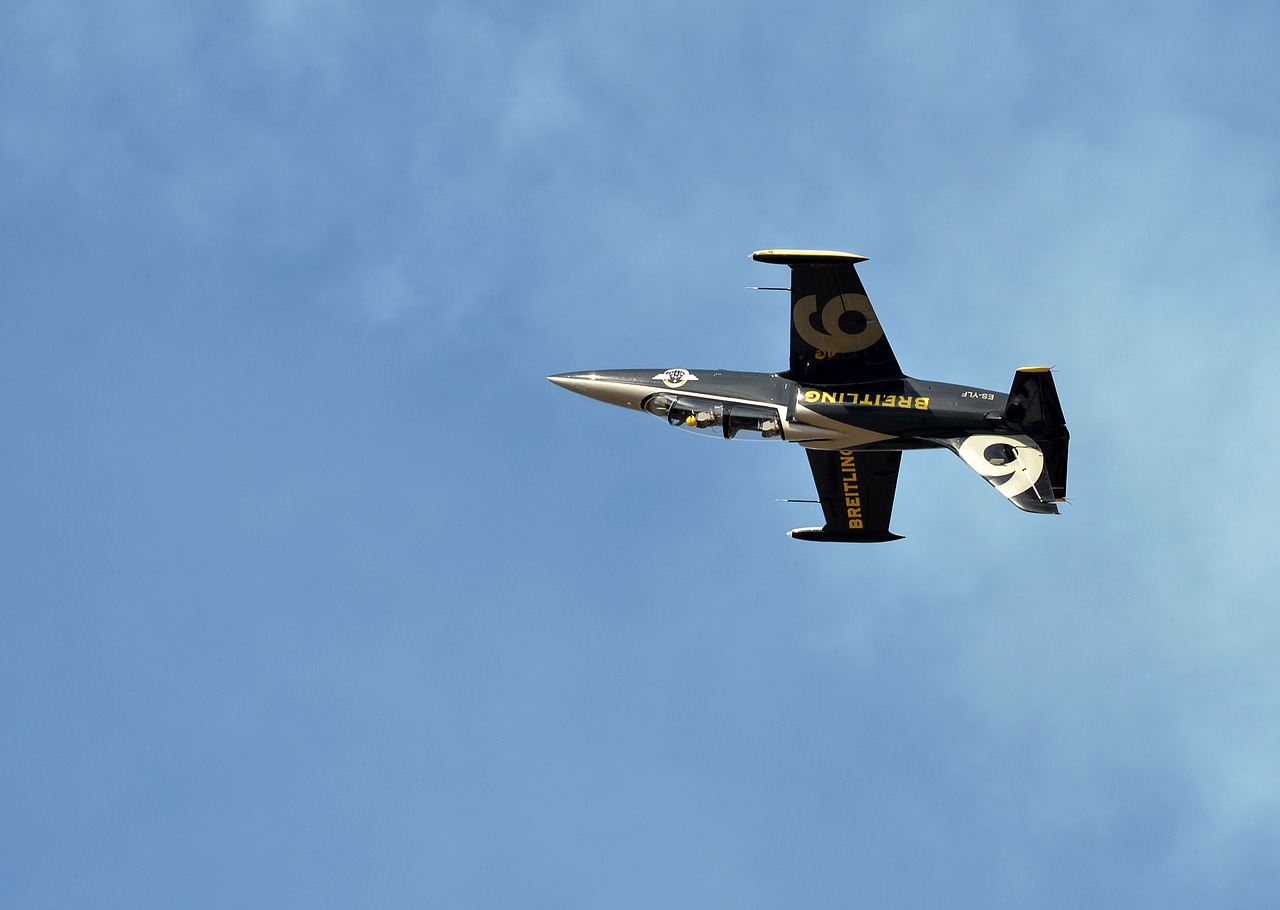
AI's Role in Enhancing Coordination
The integration of artificial intelligence into drone swarm technology has paved the way for a new era of operational coordination. Imagine a flock of birds, effortlessly gliding through the sky in perfect harmony, each one instinctively knowing when to turn, dive, or ascend. This is the kind of seamless coordination that AI brings to drone swarms, enhancing their ability to work together in complex environments. By leveraging advanced algorithms, drones can communicate in real-time, making decisions that optimize their collective performance.
At the core of this enhanced coordination are sophisticated algorithms that facilitate instantaneous communication among drones. These algorithms enable the drones to share critical information such as their location, speed, and any obstacles they encounter. This real-time data exchange allows the swarm to adjust its actions dynamically, ensuring that they can adapt to changing conditions on the fly. For instance, if one drone detects a sudden weather change, it can quickly inform the others, prompting them to alter their flight path accordingly. This level of coordination is not just a luxury; it's a necessity for successful swarm operations.
To illustrate the importance of AI in drone coordination, consider the following key points:
- Real-time Decision Making: AI algorithms enable drones to make decisions based on current data, allowing for rapid adjustments to their tactics.
- Collaborative Task Execution: Drones can divide tasks among themselves, optimizing efficiency and reducing the time required to complete missions.
- Obstacle Avoidance: AI enhances the swarm's ability to navigate around obstacles, preventing collisions and ensuring safety during operations.
Moreover, the implementation of machine learning algorithms allows drones to learn from their past experiences. This means that over time, they become better at predicting the best course of action in various scenarios. For example, if a drone has previously encountered a specific type of terrain or obstacle, it can adjust its strategy based on that experience, improving the overall effectiveness of the swarm. This adaptive learning process is akin to how humans gain skills through practice, making the swarm more intelligent and capable with each mission.
Another crucial aspect of AI's role in drone coordination is its ability to process vast amounts of data quickly. Drones equipped with AI can analyze environmental data and respond to it almost instantaneously. This capability is vital in situations where every second counts, such as in disaster response scenarios or military operations. The ability to swiftly process data and make informed decisions can mean the difference between success and failure in critical missions.
As we continue to explore the potential of AI in drone swarm tactics, it becomes clear that the future holds incredible possibilities. With ongoing advancements in AI technology, we can expect even greater levels of coordination among drones, leading to more efficient and effective operations across various sectors.
- How does AI improve drone swarm coordination?
AI enhances communication and decision-making among drones in real-time, allowing them to adapt to changing conditions and execute tasks more efficiently. - What types of algorithms are used in drone swarms?
Machine learning algorithms, reinforcement learning techniques, and neural networks are commonly used to optimize drone swarm behavior. - Can drone swarms operate autonomously without human intervention?
Yes, with advanced AI, drone swarms can operate autonomously, making real-time decisions based on environmental data.
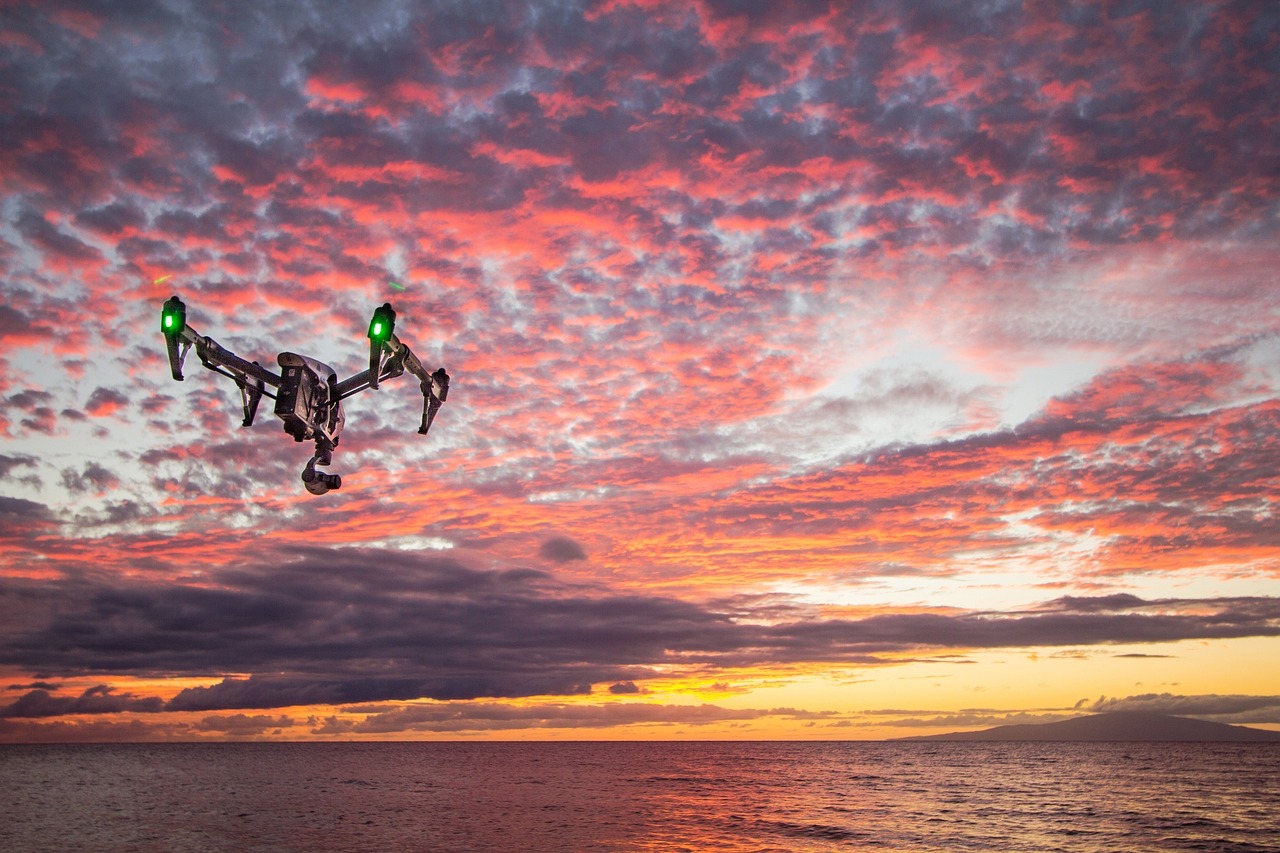
Machine Learning Algorithms
Machine learning algorithms are at the heart of the technological revolution in drone swarm tactics. These algorithms empower drones to learn from their surroundings and adapt their behaviors accordingly. Imagine a group of drones as a team of athletes; just as athletes train to improve their skills based on past performances, drones use machine learning to refine their strategies based on previous missions and environmental feedback. This capability is crucial, especially in dynamic scenarios where conditions can change rapidly.
One of the most significant advantages of machine learning in drone swarms is the ability to process vast amounts of data in real time. Drones equipped with machine learning algorithms can analyze data from various sensors—such as GPS, cameras, and LiDAR—to make informed decisions without needing constant human input. This autonomy allows for a more efficient and responsive swarm operation, where drones can quickly adjust their tactics based on the information they gather. For instance, if a drone detects an obstacle, it can immediately communicate with its counterparts to reroute and avoid collisions, ensuring the mission's success.
To illustrate the impact of machine learning algorithms, consider the following applications:
- Path Planning: Drones can use algorithms to determine the most efficient routes to their destinations, taking into account obstacles and no-fly zones.
- Target Recognition: Through image recognition and classification, drones can identify specific objects or areas of interest, enhancing their operational effectiveness.
- Swarm Behavior Simulation: By mimicking natural swarm behaviors seen in birds or fish, drones can work together more cohesively, adapting their formations based on environmental factors.
Moreover, the integration of machine learning with other technologies, such as computer vision and sensor fusion, further amplifies the capabilities of drone swarms. For example, computer vision allows drones to interpret visual data, while sensor fusion combines data from multiple sources to create a comprehensive understanding of the environment. Together, these technologies enable drones to operate in complex and unpredictable settings, making them invaluable tools in various fields.
In summary, machine learning algorithms are revolutionizing the way drone swarms operate. By allowing drones to learn, adapt, and communicate in real time, these algorithms enhance the efficiency and effectiveness of swarm tactics. As technology continues to advance, the potential for even more sophisticated applications of machine learning in drone swarms is limitless, paving the way for innovations we can only begin to imagine.
- What are machine learning algorithms? Machine learning algorithms are computational models that enable systems to learn from data, improving their performance over time without being explicitly programmed.
- How do machine learning algorithms enhance drone swarm operations? They allow drones to analyze data from their environment, adapt their behaviors, and make real-time decisions, leading to more efficient and effective missions.
- What are some examples of machine learning applications in drone swarms? Examples include path planning, target recognition, and simulating natural swarm behaviors for better coordination.
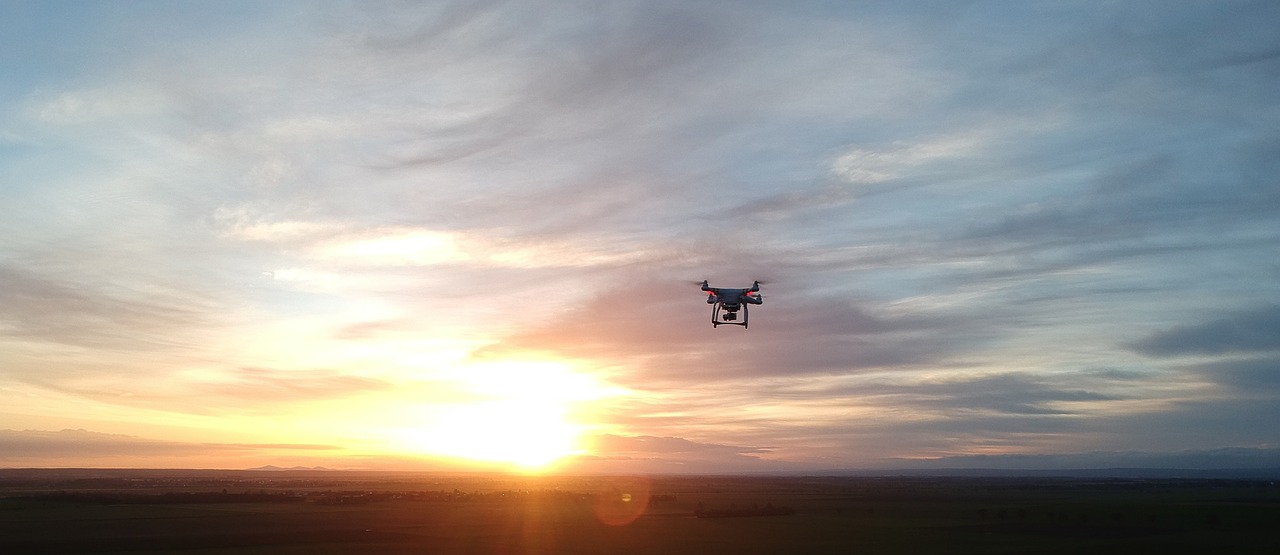
Reinforcement Learning Techniques
Reinforcement learning (RL) is a powerful subset of machine learning that plays a pivotal role in enhancing the capabilities of autonomous drone swarms. Imagine teaching a dog new tricks; you reward it for good behavior and discourage it for bad. In a similar manner, RL algorithms enable drones to learn optimal behaviors through a system of rewards and penalties based on their actions. This iterative learning process allows drones to improve their performance over time, adapting to various environmental challenges and operational tasks.
One of the most fascinating aspects of reinforcement learning in drone swarms is the concept of multi-agent systems. In these systems, each drone acts as an individual agent that learns not only from its own experiences but also from the interactions within the swarm. For instance, if one drone discovers a more efficient path to a target, it can share this information with others, leading to an overall improvement in the swarm's efficiency. This collaborative learning mimics natural phenomena, such as how flocks of birds or schools of fish navigate their environments.
To illustrate how reinforcement learning techniques are implemented in drone swarms, consider the following table that outlines key components of the process:
| Component | Description |
|---|---|
| Agent | A drone that learns and makes decisions based on its experiences. |
| Environment | The physical space in which the drones operate, including obstacles and targets. |
| Actions | The possible movements or maneuvers a drone can take at any given time. |
| Rewards | A feedback mechanism that provides positive or negative reinforcement based on the drone's actions. |
| Policy | A strategy that defines the actions a drone should take in various situations. |
Moreover, reinforcement learning techniques can be further categorized into two main types: model-free and model-based methods. Model-free methods, such as Q-learning, allow drones to learn optimal strategies without needing to understand the environment's dynamics. On the other hand, model-based methods involve creating a model of the environment, enabling drones to simulate potential outcomes before making decisions. This distinction is crucial, as it affects how quickly and effectively a swarm can adapt to new challenges.
In practical applications, reinforcement learning has shown remarkable results in scenarios like search and rescue missions. For instance, during a disaster response, a swarm of drones can learn to navigate through debris, optimizing their paths to locate survivors while avoiding obstacles. By continuously refining their tactics through reinforcement learning, these drones can significantly enhance the effectiveness of emergency operations.
In conclusion, reinforcement learning techniques are revolutionizing the way drone swarms operate, making them more intelligent, adaptable, and efficient. As these algorithms continue to evolve, we can expect to see even more sophisticated applications in various fields, from military operations to agricultural innovations.
- What is reinforcement learning? Reinforcement learning is a type of machine learning where agents learn to make decisions by receiving rewards or penalties based on their actions.
- How do drones use reinforcement learning? Drones use reinforcement learning to improve their performance in tasks by learning from their experiences and collaborating with other drones in the swarm.
- What are the benefits of using drone swarms in emergency response? Drone swarms can cover larger areas quickly, adapt to changing conditions, and efficiently locate survivors, making them invaluable in emergencies.
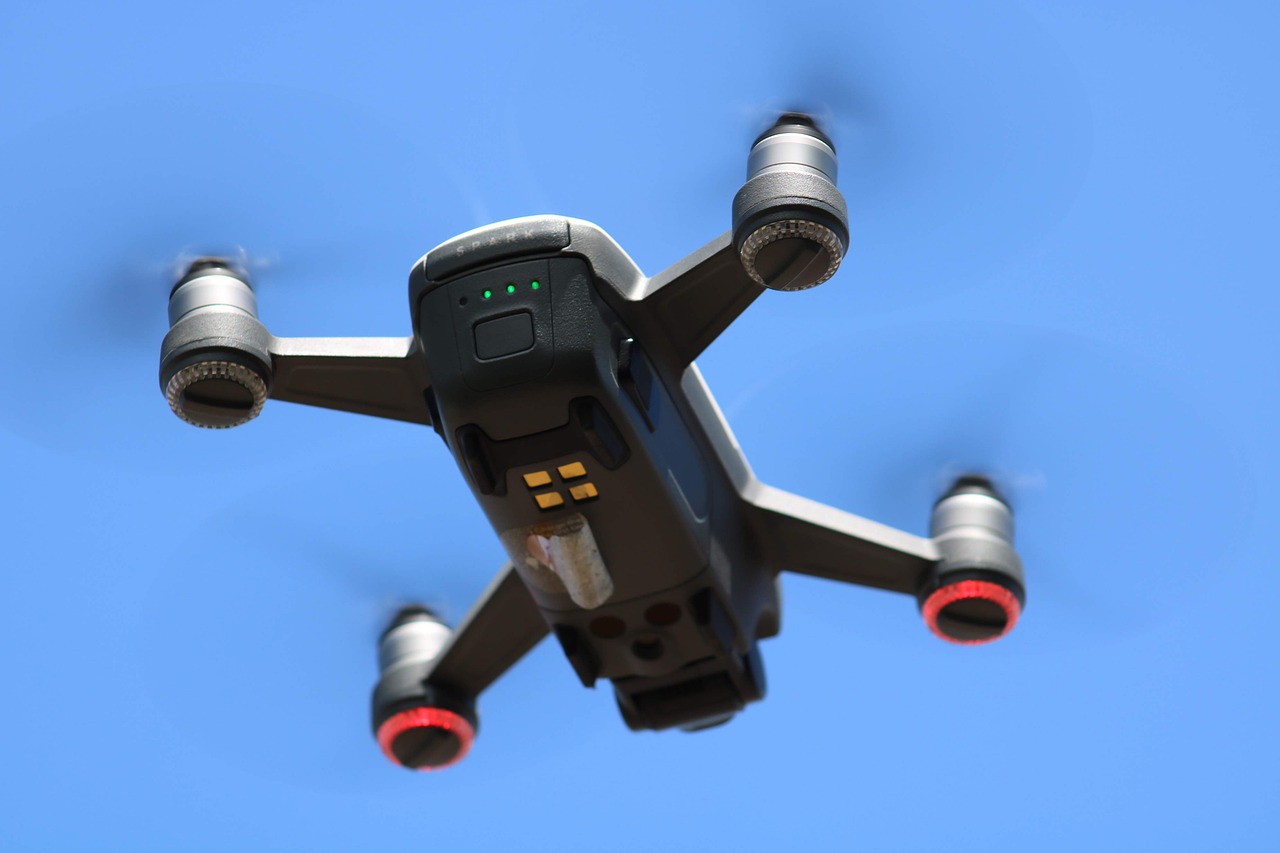
Neural Networks in Swarm Operations
Neural networks have become a game-changer in the realm of drone swarm operations. By mimicking the way human brains process information, these networks allow drones to make sense of complex data inputs and improve their decision-making capabilities. Imagine a swarm of bees working together, each one communicating and responding to the environment around them. That's essentially how drone swarms operate with the help of neural networks.
At the core of this technology, neural networks analyze vast amounts of data collected by the drones, such as environmental conditions, obstacles, and mission parameters. This analysis enables the drones to adapt in real-time, responding to changes in their surroundings. For instance, if one drone detects an obstacle, it can communicate this information to the rest of the swarm, allowing them to adjust their flight paths accordingly. This level of coordination is crucial, especially in dynamic environments where quick decisions can mean the difference between success and failure.
One of the most fascinating aspects of neural networks is their ability to learn from experience. Through a process known as training, neural networks can improve their performance over time. This means that as drones conduct more missions, they become increasingly adept at navigating and executing complex tasks. In practical terms, this could look like a drone swarm that starts off with basic navigation skills but, after several missions, becomes proficient at avoiding obstacles and optimizing flight paths.
To illustrate this, consider the following table that outlines the key benefits of implementing neural networks in drone swarm operations:
| Benefit | Description |
|---|---|
| Enhanced Decision-Making | Neural networks enable drones to analyze data and make informed decisions quickly. |
| Real-Time Adaptation | Drones can adjust their tactics based on immediate environmental feedback. |
| Increased Efficiency | Learning from past missions allows drones to optimize their performance and reduce errors. |
| Robust Communication | Neural networks facilitate seamless communication between drones, enhancing coordination. |
Moreover, the application of neural networks in drone swarms extends beyond military or agricultural uses. In disaster response scenarios, for example, neural networks can help drones navigate through rubble and debris, identifying survivors or hazardous materials. The ability to process information quickly and accurately in such high-stakes situations is invaluable.
In summary, the integration of neural networks into drone swarm operations is not just a technological advancement; it represents a significant leap toward creating highly autonomous systems capable of performing complex tasks with minimal human intervention. As this technology continues to evolve, we can expect to see even more innovative applications that leverage the strengths of neural networks, making drone swarms an essential tool in various fields.
- What are neural networks? Neural networks are computational models inspired by the human brain, designed to recognize patterns and make decisions based on data.
- How do neural networks improve drone operations? They enhance decision-making, facilitate real-time adaptation, and improve communication among drones, leading to more efficient operations.
- Can drone swarms operate autonomously? Yes, with the help of AI and neural networks, drone swarms can perform tasks with minimal human intervention, making them highly autonomous.
- What are some applications of drone swarms? Drone swarms are used in military operations, agriculture for crop monitoring, disaster response, and environmental monitoring.
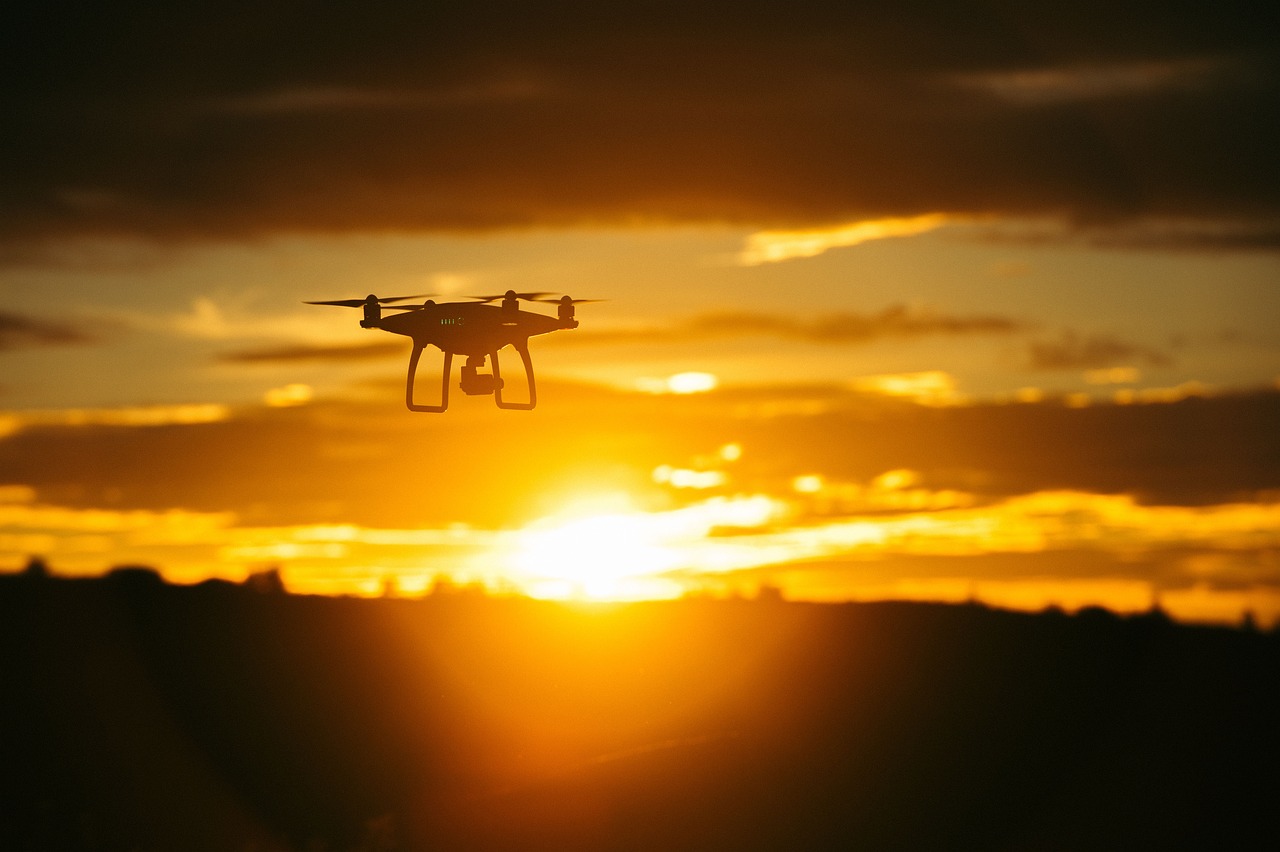
Real-Time Data Processing
In the fast-paced world of drone swarm operations, is not just a luxury; it’s a necessity. Imagine a swarm of drones flying over a vast agricultural field, each equipped with sensors that collect data on soil moisture, crop health, and weather conditions. This data needs to be processed almost instantaneously to make informed decisions that can affect the outcome of an entire harvest. The integration of artificial intelligence into these systems allows drones to analyze data on the fly, enabling them to adapt their strategies and actions in real time.
AI algorithms can process vast amounts of data from multiple drones concurrently, ensuring that each unit in the swarm is aware of its surroundings and can react appropriately. For instance, if one drone detects an area of pest infestation, it can communicate this information to the rest of the swarm, allowing for a coordinated response that can significantly mitigate damage. This level of coordination is made possible through sophisticated algorithms that facilitate rapid communication and decision-making.
Moreover, the ability to process data in real time allows drone swarms to operate in dynamic environments, such as during natural disasters. When responding to emergencies, drones can quickly assess the situation, identify hazards, and relay critical information to rescue teams. This capability is crucial for effective disaster response, where every second counts. The following table illustrates some of the key benefits of real-time data processing in drone swarm operations:
| Benefit | Description |
|---|---|
| Rapid Decision-Making | Drones can make immediate adjustments to their flight paths and tasks based on real-time data. |
| Enhanced Coordination | Swarm members can share information and adapt their actions collectively, improving overall efficiency. |
| Improved Data Accuracy | Continuous data collection and processing lead to more accurate assessments of conditions. |
| Increased Safety | Real-time processing helps drones avoid obstacles and hazardous areas, enhancing operational safety. |
As we delve deeper into the world of drone swarms, it becomes clear that real-time data processing is the backbone of their operational success. The ability to quickly analyze and respond to changing conditions not only enhances efficiency but also opens up a world of possibilities for innovation across various sectors. From agriculture to disaster response, the impact of AI-driven real-time data processing is transformative, paving the way for smarter, more responsive drone operations.
- What is real-time data processing in drone swarms? Real-time data processing allows drones to analyze and respond to environmental data instantly, facilitating quick decision-making and coordination among swarm members.
- How does AI enhance real-time data processing? AI algorithms enable drones to process large volumes of data rapidly, allowing for immediate adjustments to operational tactics based on current conditions.
- What are some applications of real-time data processing in drone swarms? Applications include agricultural monitoring, disaster response, surveillance, and environmental assessments, where timely data is critical for effective action.
- Can drone swarms operate autonomously with real-time data processing? Yes, with advanced AI and real-time processing capabilities, drone swarms can operate autonomously, making decisions without human intervention.

Applications of Drone Swarm Tactics
The applications of drone swarm tactics are as diverse as they are fascinating, revolutionizing multiple sectors by harnessing the power of coordinated aerial intelligence. From military operations to agriculture and disaster response, these autonomous flying units are changing the game. Imagine a fleet of drones working together seamlessly, much like a school of fish or a flock of birds, adapting to their environment and executing complex tasks with precision. This is not just a futuristic vision; it's happening right now!
In the military realm, drone swarms are taking on increasingly sophisticated roles. They can be deployed for surveillance and reconnaissance missions, gathering real-time intelligence over vast areas much faster than traditional methods. For example, a swarm of drones can cover a battlefield, providing a comprehensive view of troop movements and potential threats. Moreover, in combat situations, these swarms can execute coordinated attacks, overwhelming enemy defenses with sheer numbers and strategic planning. The ability to adapt on the fly, thanks to AI, means that these drones can change tactics mid-mission based on the data they collect.
On the agricultural front, the use of drone swarms is a game-changer for precision farming. Farmers can now monitor crop health, soil conditions, and pest infestations with unprecedented accuracy. A swarm of drones can work together to survey large fields, mapping out areas that need attention. This not only saves time but also reduces costs and minimizes the use of pesticides and fertilizers, promoting sustainable farming practices. For instance, by utilizing AI algorithms, these drones can analyze crop data in real-time and suggest targeted interventions, ensuring that resources are used efficiently.
Furthermore, during disaster response scenarios, drone swarms can be deployed to assess damage, locate survivors, and deliver essential supplies. Imagine a natural disaster striking a remote area; traditional rescue operations can be hampered by debris and inaccessible terrain. In such cases, drone swarms can quickly survey the area, providing first responders with critical information and helping them prioritize their actions. This capability can significantly enhance the speed and effectiveness of rescue efforts, potentially saving countless lives.
To give you a clearer idea of the potential of drone swarm applications, here’s a table summarizing their key uses across different sectors:
| Sector | Application | Benefits |
|---|---|---|
| Military | Surveillance, reconnaissance, combat | Real-time intelligence, overwhelming enemy defenses |
| Agriculture | Crop monitoring, soil analysis | Precision farming, resource efficiency, sustainability |
| Disaster Response | Damage assessment, locating survivors, supply delivery | Speedy response, enhanced rescue operations |
As we can see, the potential applications of drone swarm tactics are vast and varied. Each sector benefits uniquely from the enhanced efficiency and coordination that AI brings to these autonomous units. The future is indeed bright for drone technology, with innovations continuously emerging to push the boundaries of what these swarms can achieve.
- What are drone swarms? Drone swarms refer to a group of drones that operate together in a coordinated manner to execute tasks efficiently.
- How does AI enhance drone swarm capabilities? AI improves coordination and decision-making among drones, enabling them to adapt to changing conditions and perform complex tasks.
- What are some military applications of drone swarms? Drone swarms are used for surveillance, reconnaissance, and combat missions, providing real-time intelligence and strategic advantages.
- Can drone swarms be used in agriculture? Yes, they are utilized for crop monitoring, soil analysis, and precision farming, helping to optimize resource use and enhance sustainability.
- How do drone swarms assist in disaster response? They can quickly assess damage, locate survivors, and deliver supplies, significantly improving the speed and effectiveness of rescue operations.
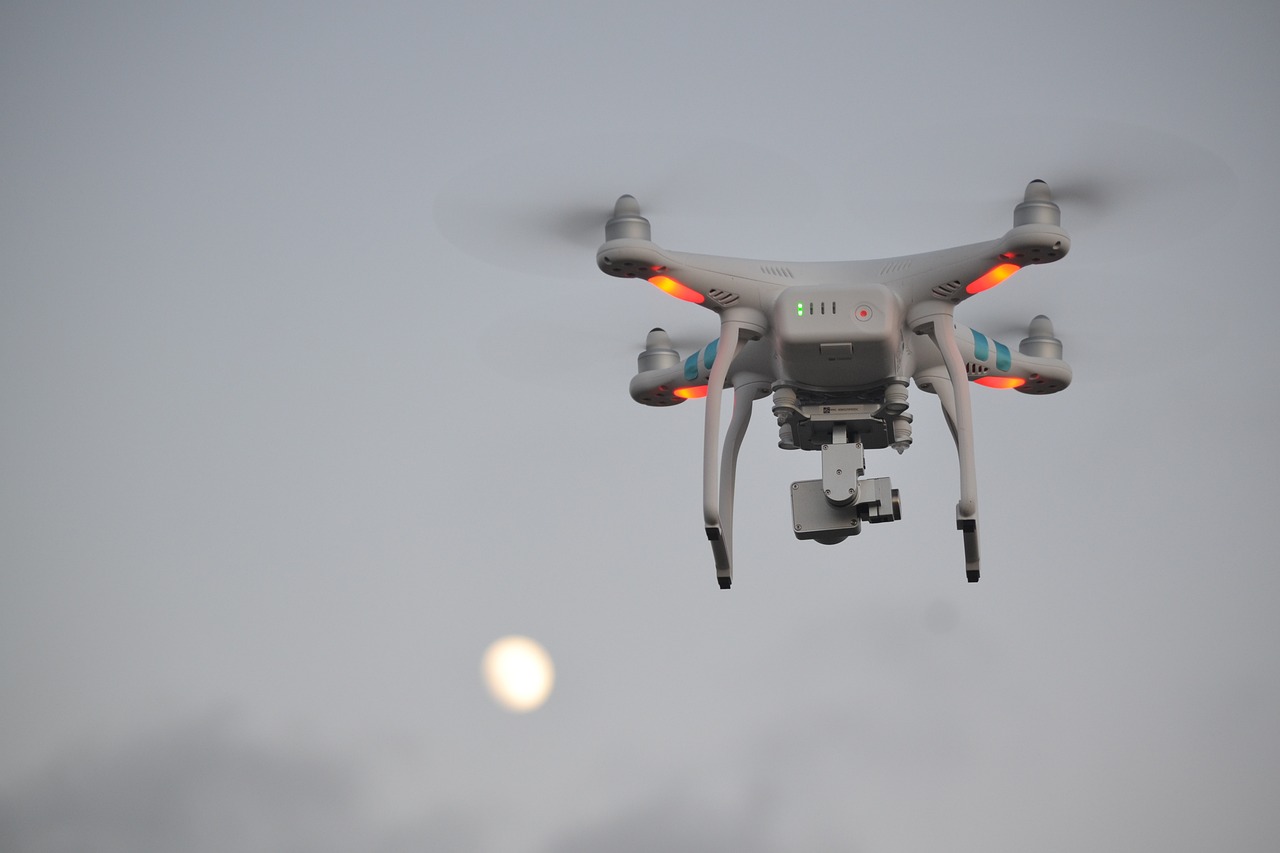
Military Applications
In the realm of military operations, the integration of drone swarms powered by artificial intelligence has transformed traditional tactics into something extraordinary. Imagine a fleet of drones working together seamlessly, much like a well-rehearsed orchestra, where each drone plays its part in harmony with the others. This level of coordination not only enhances operational efficiency but also significantly reduces the risks to human personnel. The applications of drone swarms in military contexts are vast and varied, making them an invaluable asset on the battlefield.
One of the primary roles of drone swarms in military applications is in surveillance. Equipped with advanced sensors and cameras, these drones can cover extensive areas quickly, gathering real-time intelligence that is crucial for mission success. They can be deployed in hostile territories where human presence would be perilous, providing commanders with a bird's-eye view of the battlefield. This capability allows for better-informed decision-making, as commanders can assess the situation from multiple angles without exposing troops to danger.
Furthermore, drone swarms excel in reconnaissance missions. By utilizing AI algorithms, these drones can autonomously navigate complex environments, avoiding obstacles and adapting to dynamic conditions. For instance, during a reconnaissance operation, a swarm can split up to cover a larger area and then regroup, sharing the collected data in real-time. This ability to process and analyze data on the fly significantly enhances situational awareness, giving military leaders a tactical edge.
In combat scenarios, the potential of drone swarms becomes even more pronounced. They can be utilized for combat support roles, where they engage targets with precision and efficiency. Imagine a scenario where a swarm of drones is tasked with neutralizing enemy installations. Instead of a single drone attempting to complete the mission, a swarm can coordinate its attack, overwhelming defenses and ensuring a higher success rate. This method not only maximizes the impact of the strike but also minimizes collateral damage, a critical consideration in modern warfare.
Moreover, the use of drone swarms can significantly enhance logistical operations. For instance, they can be deployed to deliver supplies to troops stationed in remote locations, ensuring that essential resources reach their destination without the need for vulnerable supply convoys. This capability can be a game-changer, especially in prolonged engagements where maintaining supply lines is crucial.
To illustrate the impact of drone swarms in military applications, let’s look at a comparative table showcasing their advantages over traditional methods:
| Aspect | Traditional Methods | Drone Swarm Technology |
|---|---|---|
| Surveillance | Single aircraft, limited coverage | Multiple drones, extensive area coverage |
| Risk to Personnel | High | Minimal |
| Data Collection | Delayed analysis | Real-time data sharing and analysis |
| Combat Efficiency | Single-target engagement | Coordinated multi-target engagement |
| Logistics | Vulnerable supply convoys | Autonomous supply delivery |
In conclusion, the military applications of drone swarm technology are revolutionizing how modern warfare is conducted. With their ability to enhance surveillance, reconnaissance, combat efficiency, and logistical operations, drone swarms represent a significant leap forward in military strategy. As technology continues to evolve, we can only anticipate even more innovative applications that will further redefine the battlefield.
- What are drone swarms?
Drone swarms refer to the coordinated operation of multiple drones working together to accomplish tasks more efficiently than single drones. - How does AI enhance drone swarm capabilities?
AI improves coordination, decision-making, and real-time data processing among drones, allowing them to adapt to dynamic environments. - What are the primary military applications of drone swarms?
Drone swarms are primarily used for surveillance, reconnaissance, combat support, and logistical operations in military contexts. - What advantages do drone swarms have over traditional military methods?
Drone swarms offer extensive coverage, reduced risk to personnel, real-time data analysis, improved combat efficiency, and autonomous logistics.
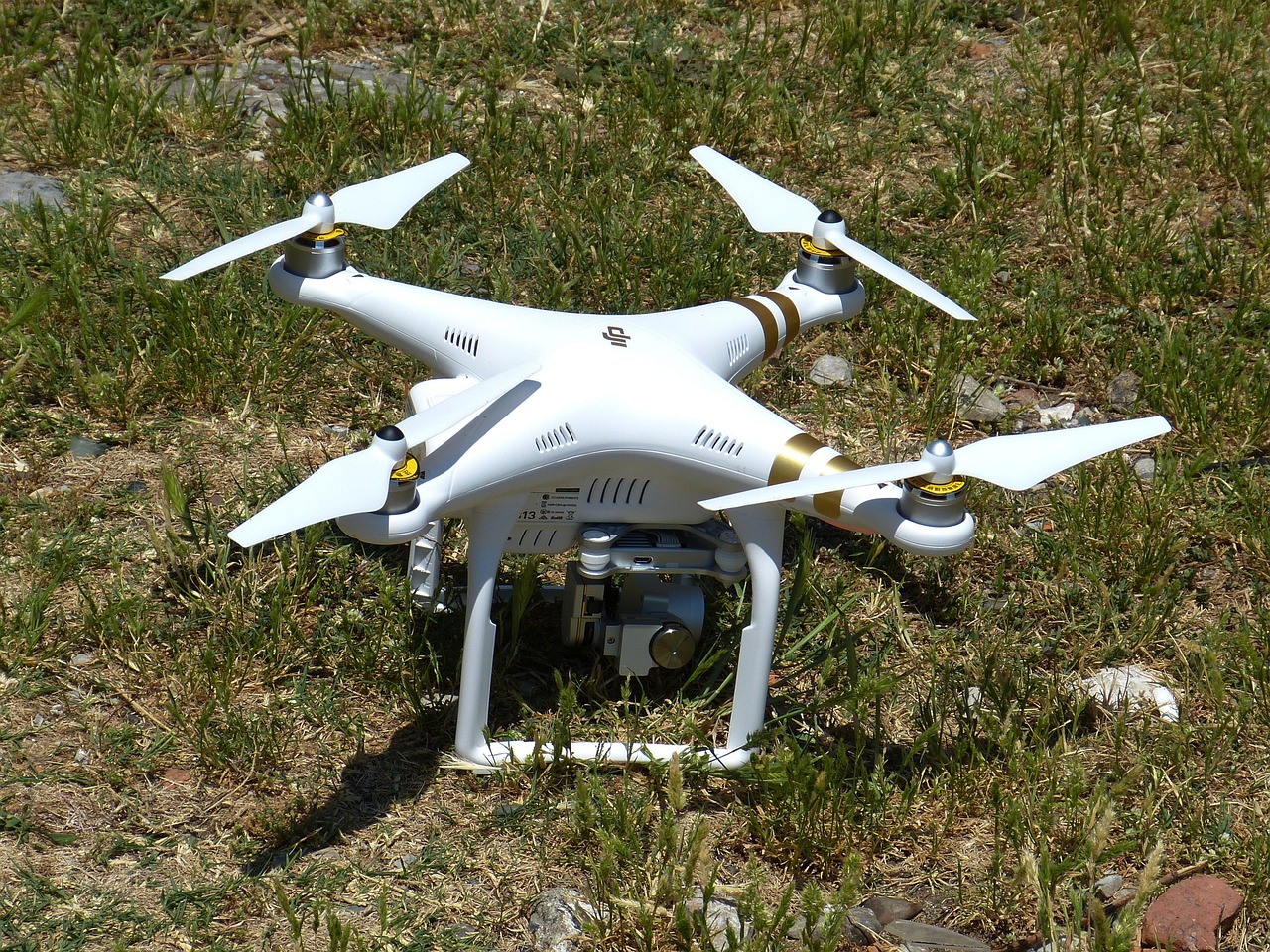
Agricultural Innovations
The agricultural sector is witnessing a remarkable transformation, thanks to the integration of drone swarm technology powered by artificial intelligence. Imagine a field where dozens of drones work together like a well-orchestrated symphony, each playing its part to enhance crop management and monitoring. This is not a distant future; it’s happening right now! The use of drone swarms in agriculture is revolutionizing how farmers approach their work, making it more efficient, precise, and sustainable.
One of the most significant advantages of employing drone swarms in agriculture is their ability to cover vast areas in a fraction of the time it would take traditional methods. For instance, a single drone can monitor hundreds of acres in a single flight, gathering data on crop health, soil conditions, and even pest infestations. By deploying a swarm of drones, farmers can achieve real-time insights into their fields, allowing for quicker decision-making and more effective resource allocation.
AI plays a crucial role in enhancing these capabilities. Through sophisticated algorithms, drones can analyze data collected from various sensors, including multispectral cameras and thermal imaging devices. This data is then processed to identify patterns and anomalies, enabling farmers to take proactive measures. For example, if the drones detect a specific area of crops showing signs of stress due to insufficient water, farmers can target irrigation efforts precisely where they are needed, rather than watering the entire field indiscriminately.
Moreover, the use of drone swarms can significantly reduce the environmental impact of farming. Traditional farming methods often rely on heavy machinery and extensive pesticide use, which can lead to soil degradation and water pollution. In contrast, drone swarms can apply fertilizers and pesticides with pinpoint accuracy, minimizing chemical use and promoting healthier ecosystems. This precision farming not only enhances crop yields but also contributes to the sustainability of agricultural practices.
To illustrate the impact of drone swarm technology in agriculture, consider the following table that highlights key benefits:
| Benefit | Description |
|---|---|
| Efficiency | Rapid coverage of large areas for monitoring and data collection. |
| Real-Time Data | Immediate insights into crop health and environmental conditions. |
| Precision Application | Targeted use of fertilizers and pesticides, reducing waste and environmental impact. |
| Cost-Effectiveness | Reduced labor costs and increased yield through optimized resource use. |
As we look to the future, it’s clear that the combination of AI and drone swarm technology will continue to shape the agricultural landscape. Farmers who embrace these innovations not only stand to benefit economically but also contribute to a more sustainable and environmentally friendly approach to farming. The question remains: will traditional farming methods adapt quickly enough to keep pace with these groundbreaking technologies?
- How do drone swarms improve crop monitoring? Drone swarms can cover large areas quickly, providing real-time data on crop health and soil conditions.
- What types of sensors do agricultural drones use? Drones are equipped with multispectral cameras, thermal imaging devices, and other sensors to collect valuable agricultural data.
- Can drone swarms reduce pesticide use? Yes, they allow for precise application of pesticides, minimizing chemical use and promoting sustainable farming practices.
- Are drone swarms cost-effective? Absolutely! They reduce labor costs and enhance yields through optimized resource use.
Frequently Asked Questions
- What is drone swarm technology?
Drone swarm technology refers to the coordinated operation of multiple drones that work together to achieve a common goal. This innovative approach allows drones to communicate and collaborate autonomously, making them more efficient in various applications, from military operations to agriculture.
- How does AI enhance drone swarm coordination?
AI enhances drone swarm coordination by utilizing advanced algorithms that facilitate real-time communication and decision-making among the drones. This means they can adapt quickly to changing environments, ensuring that they operate seamlessly as a unit, much like a flock of birds navigating through the skies.
- What role do machine learning algorithms play in drone swarms?
Machine learning algorithms empower drones to learn from their surroundings and optimize their swarm tactics. By analyzing data from their environment, drones can make informed decisions and adapt their strategies, improving their overall performance and effectiveness in various situations.
- Can you explain reinforcement learning techniques in drone swarms?
Reinforcement learning techniques enable drones to enhance their performance through trial and error. By receiving feedback from their actions, drones can learn which strategies work best under specific conditions, allowing them to improve their tactics over time, similar to how a child learns to ride a bike.
- How do neural networks benefit swarm operations?
Neural networks allow drones to process complex data inputs more effectively. This capability enhances their decision-making processes, enabling them to analyze vast amounts of information quickly and respond to environmental changes in real-time, which is crucial for successful swarm operations.
- What are the main applications of drone swarm tactics?
Drone swarm tactics have a wide range of applications, including military operations for surveillance and reconnaissance, precision agriculture for crop monitoring, and emergency response scenarios where rapid assessment and coordination are vital. These applications showcase the versatility and effectiveness of drone swarms powered by AI.
- How are drone swarms used in military contexts?
In military contexts, drone swarms can execute complex missions such as surveillance, reconnaissance, and combat operations. Their ability to work together autonomously allows for more efficient and strategic approaches to modern warfare, making them a valuable asset on the battlefield.
- What innovations are happening in agriculture with drone swarms?
In agriculture, drone swarms are revolutionizing crop monitoring and management through precision farming techniques. By working together, these drones can cover large areas quickly, gather data on crop health, and even assist in targeted pesticide application, ultimately leading to higher yields and reduced resource waste.









